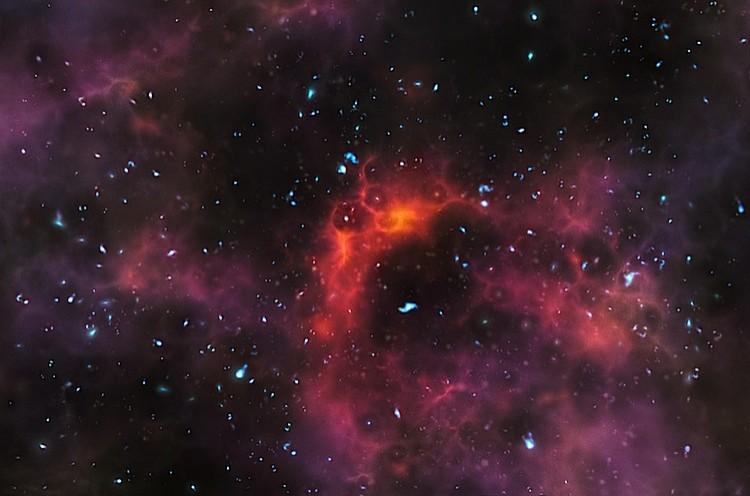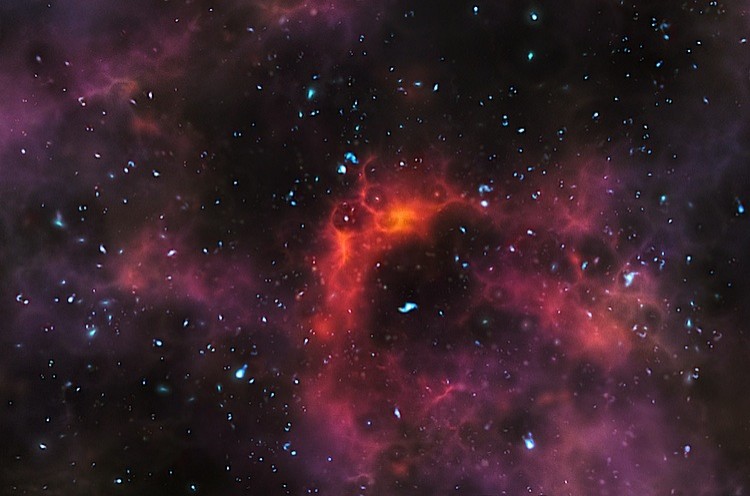The European Southern Observatory’s (ESO) Very Large Telescope (VLT) has detected the most distant galaxies in our early universe, between 780 million and a billion years after the big bang.
An international team of astronomers has been using the VLT for the last three years to investigate the reionization period, when the first stars and galaxies formed, exciting the primordial fog of hydrogen gas, and allowing ultraviolet light could pass through.
“Archaeologists can reconstruct a timeline of the past from the artifacts they find in different layers of soil. Astronomers can go one better: we can look directly into the remote past and observe the faint light from different galaxies at different stages in cosmic evolution,” said project leader Adriano Fontana of the Istituto Nazionale di Astrofisica (INAF) Rome Astronomical Observatory in a press release.
“The differences between the galaxies tell us about the changing conditions in the universe over this important period, and how quickly these changes were occurring.”
The researchers located the Lyman-alpha line of five remote galaxies—a powerful ultraviolet emission line generated by hydrogen gas.
They then determined each galaxy’s redshift to see how long after the big bang they appeared, and ordered them to create a timeline showing how their light evolved over time. They also determined reabsorption of hydrogen into intergalactic space.
“We see a dramatic difference in the amount of ultraviolet light that was blocked between the earliest and latest galaxies in our sample,” said lead author Laura Pentericci of INAF Rome Astronomical Observatory in the release.
“When the universe was only 780 million years old, this neutral hydrogen was quite abundant, filling from 10 to 50 percent of the universe' volume,” she continued. “But only 200 million years later the amount of neutral hydrogen had dropped to a very low level, similar to what we see today.
“It seems that reionization must have happened quicker than astronomers previously thought.”
The ultraviolet radiation that cleared the fog may have come from the first generation of stars, rather than matter being absorbed into black holes—the two main hypotheses proposed to date.
“The detailed analysis of the faint light from two of the most distant galaxies we found suggests that the very first generation of stars may have contributed to the energy output observed,” said Eros Vanzella at the INAF Trieste Observatory in the release.
“These would have been very young and massive stars, about five thousand times younger and one hundred times more massive than the sun, and they may have been able to dissolve the primordial fog and make it transparent.”
To confirm this theory, highly accurate data to show the stars can produce the requisite energy is needed from space telescopes or the ESO’s Extremely Large Telescope, which is due to become operational early next decade.
The findings will be published in the Astrophysical Journal.






